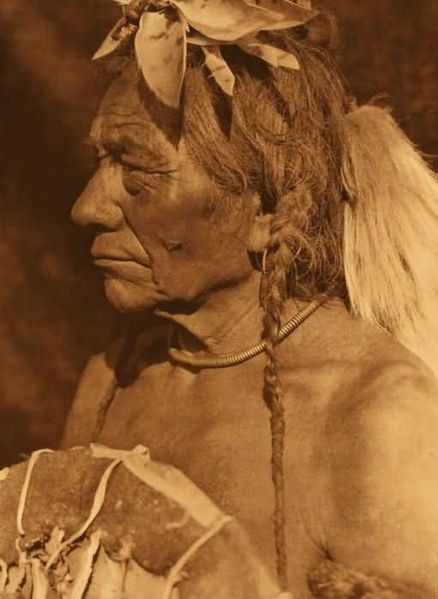We have always heard that there may be some Cree Indian Princess blood in my hubby’s lineage. I finally found some, and some more. Some blood line and some adopted line.
I love trying to find the answers. It’s like math for me. Maybe I just want to be a detective. It helps if someone has left a journal. But secrets may abound, or secrets may have died with the holders.
I have worked as a family history consultant and since then, never really dropped the calling, I’m not sure I ever got released from the last ward, and I keep getting all the Family Search emails. And my husband has been called as a family history consultant — so I help. Second hour of church, so I don’t have to sit in a classroom. yippee. (uncover your own history here too. Use New Family Search if you are a member of the church)
My hubby’s line has not been searched-out much. He is a convert to the gospel, back in 1977, he joined the church, after I invited him to an Institute class at Occidental College. He rather enjoyed the topic of the three degrees of glory.
So there is much to do. He comes from the the mighty English, Wentworth line, and many times we all want to be called “The Wentworths” it sounds so glorious.
This was their homestead in England:
Some of them moved to Canada during the Revolutionary War (they were Brits — loyal to the King). His great grandma, a Wentworth, living in Saskatchewan, Canada, first married an Olsen. Many stories exist on what happened with him. Things like he drank, he had a bad temper, he threw a plate and broke his young son’s leg — that’s why grandpa had a limp — he went to Africa looking for diamonds — he never came back. — And according to a letter from Gr.Grandma Wentworth to her son — “take my advice, continue with the name “Taylor” instead.”
I joined Ancestry.com for the free two-week trial. That’s how I found out that this guy, Olsen, who joined the Canadian Mounted Rifles and fought in the Boer War in South Africa, at age 23, in 1900. Records show he joined in Saskatchewan, stating he was single (hmmm… no children) and had a tatoo of JAO on his upper arm. A year later he was discharged. But, hey I found him.
So, he left his Wentworth wife — Greatgrandma — who had two little kids by him and she “remarried” (can’t find the records) a native, Cree Indian, who went by the last name “Taylor” That’s how we got our name. He “adopted” the kids, one of which is my hubby’s grandpa.
This all took place in Canada. I have followed the “Olsen” line back 6 generations to find more natives, this time the tribe, Saulteaux, pronounced “soh-toh” This is the blood line, part “Indian” from the area around Hudson’s Bay in Manitoba and Saskatchewan, Canada. They lived along the Red River Settlement.
I found a great book, called “By Canoe and Dog-Train” which is an account by a Methodist missionary couple– husband and wife — of their travel and life up in this area –The Northwestern Territories. (free download from Kindle on my iphone)
It really helps me understand the times of these ancestors, especially the Cree and Saulteaux women that married into the European line. Evidently, the male natives treated the women, wives, daughters, anyone female, like a slave.
It was macho-brave.
The men would come home after a hunt and demand the squaw/wife to go get the kill — a 150-lb dead animal that she had to hoist onto her back with this strap-like thing on her forehead and carry home however miles out. And then prepare and cook it immediately.
That sounds pretty macho-woman. No wonder so many native women married the Brits in our lineage.
Without this journal, I would not have had a good account of life out there in the wilderness in 1868.
The minister shares that the Indians that converted to Christianity were very humble people, treated their wives and family better, prayed to the Almighty on their knees, and sang hymns with more enthusiasm than the Christian members they left back home.
“We were very much pleased with their repectful demeanor in the house of God. There was no laughing or frivolity in the sanctuary. With their moccasined feet and cat-like tread, several hundred Indians did not make one quarter the noise often heard in Christian lands, made by audiences one-tenth the size. We were much delighted with their singing…”
Anyway, I am having a good time and finding some names to take to the temple. And learning I have nothing to complain about living in the 21st century.
Oh, and I read this in the book too — they called Lake Winnepeg, “Winnepek,” meaning “the sea.” This is an example when the natives called inland lakes, seas. And sometimes it was very rough and dangerous on the waters.
Embarking on the river: http://firstpeople.us
Tipees West of the Red River Settlement
Top photo: Makoyepuk Wolf-child , Western Woods Cree, Canada






